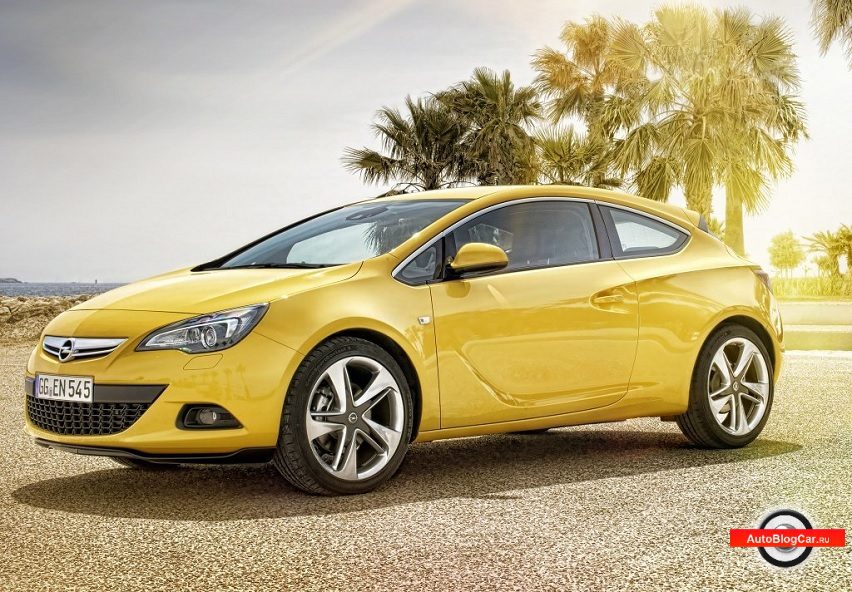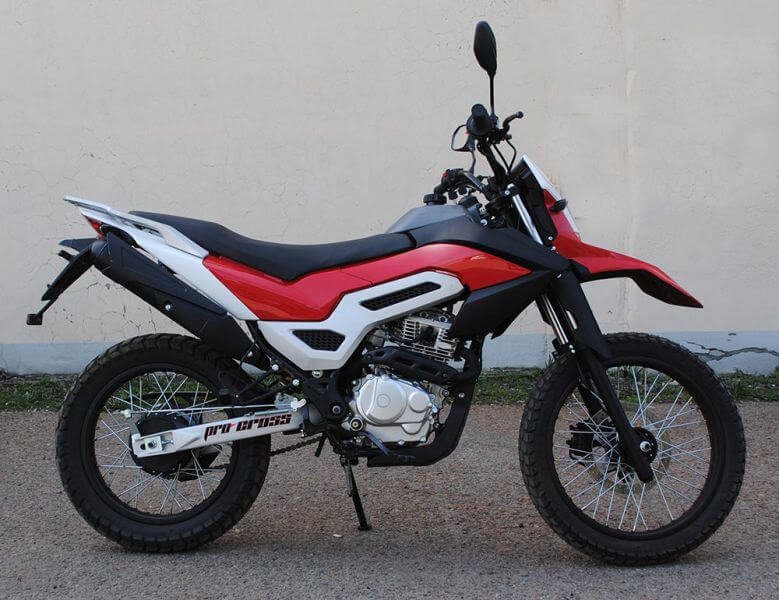
Short test: Opel Astra OPC
At Opel, for example, the new Astra OPC didn't work as seriously with the mass as it could. The new Astra OPC weighs as much as 1.550 kg, the previous one was about 150 kg lighter. If we compare this to a host of competitions, we will quickly find that the differences are significant. The new Golf GTI is lighter by about 170 kilos (although it has a lot less power), the Megane RS by a good 150 and the Focus ST by 110. Obviously, there were plenty of untapped slimming opportunities when the new Astra OPC was created. And while competitors try to return to the ethos of what we (well, still) once called Goethes (lower-end nimble sports cars), the Astra OPC remains representative of the “more power” system because it’s also mass bigger.”
Hand on heart: all this mass is not too well known, because the Opel engineers involved in the chassis did an excellent job. The Astra OPC is basically a fast car, but not a full race car, and if the driver is aware of this, he will also be satisfied that the chassis is comfortable enough for everyday use - certainly within the limits of what you can realistically expect from this class of car. automobile. The dampers are electronically controlled, and pressing the Sport button makes the dampers stiffer (both in compression and extension), the steering wheel becomes stiffer, and the engine response increases. This setting is also best suited for faster road travel, as the car responds more directly and comfort doesn't suffer much.
However, if you're driving down the track with this Astro, you can hone everything by pressing the OPC button, as both damping and steering wheel and engine response become even sharper. The gauges turn red (this detail can confuse someone), but this level is useless on open roads, as there are so many bumps on the bumps that it is more difficult to drive the car than in the Sport level.
There is something else that will delight fans of racing on the track: to the disconnected traction control system and the limited operation of the ESP system (Opel calls it Competitive mode), a third option was added, for this the most important option. : completely deactivate the ESP system. That's when the Astra becomes (despite the mass and a little inflection) frisky, but at the same time brutally fast. And while for some competitors, the electronics shutdown also means problems with the rotation of the inner wheel when accelerating to idle (because the electronically simulated differential lock is also dug out), the Astra OPC does not have these problems.
In the differential, Opel engineers have hidden a real mechanical lock. Developed with Bavarian specialist Drexler, it works with sipes, of course, but features a very smooth and smooth “grip” – and at the same time, the driver pulls away after the first turn on the race track, when the inside wheel does not become empty during acceleration , however the car keeps its nose out, wondering how it has survived without such equipment until now. And because they used a solution called the Opel HiPerStrut instead of the classic spring legs (it's a similar gimmick like the Ford Revo Knuckle, an extra piece that moves the axle around which the wheel turns closer as the wheels turn), there's also been less steering wheel jerk. caused by heavy motorization under acceleration is less than one would expect, but it is still prudent to hold the steering wheel with both hands, especially on rough roads, when accelerating hard in lower gears. But that's just the price you pay for front-wheel drive.
280 "horsepower" and front-wheel drive with a differential lock without stabilization electronics? Of course, you just have to know that such an OPC is no ordinary Astra GTC and that the speeds it reaches out of the corner and at the end of the plane are much higher than the "non-racing" brain can imagine. Well, even for race track use, the brakes are good enough. They've been taken care of by Brembo, but we wish the pedal were a bit shorter (which applies to all three pedals), the metering is precise, and they're not overly aggressive even in normal road use (but they can sometimes squeak a bit). The rear axle remains semi-rigid (like other Astras) but steers more precisely as a Watts connection has been added to it. So, the Astra OPC has been out of control for a long time, and at the border it is also possible to move the rear end - the only thing to keep in mind is that the length of the sled is also affected by weight.
Motor? The already well-known turbocharger got an extra 40 "horsepower" (so it now has 280), some extra torque, a little internal refinement for less consumption and lower emissions, but still provides that pleasant shock when the turbine "starts up" and at the same time, smooth enough for everyday use both in the city and on the expressways. Sound? Yes, the hiss of the exhaust remains, and the pulsation and thump of the exhaust at low revs is even more exciting. Just out loud and nothing annoying. Consumption? You probably didn't expect the figure to be less than 10 liters? Well, with really moderate use, you can even achieve this, but don't rely on it. It will probably be between 11 and 12 liters if you don't make a living with the gas pedal and if you drive more on normal roads and less on settlements and highways. Our test stopped at 12,6 liters ...
The seats are of course sporty, with accentuated (and adjustable) side bolsters, the steering wheel is again too far for tall drivers (so they have a hard time finding a comfortable position) save for a few OPC markings (and of course the seat). would indicate that the driver is actually behind the Astra.
Smartphone lovers will be pleased with the OPC Power app, which connects to the car via the (optional) built-in Wi-Fi module and records a lot of information about what happened to the car while driving. Unfortunately, this module was not on the test Astra OPC (just what happened to the one who chose its equipment). He also did not have a parking assistance system, which is unacceptable for a car worth a good 30 thousand.
Collision avoidance at city speeds works with a camera (and is not overly sensitive) and can also recognize road signs. Another flaw was attributed to the Astra OPC due to the bluetooth system, which otherwise handles hands-free calls, but cannot play music from the mobile phone. Navigation works well, otherwise the control of the multimedia system is good, only its controller can be closer to the driver.
The Astra OPC is currently the most powerful but also the heaviest competitor in this vehicle class. If you want a more agile and sporty car, you will find better (and cheaper) competitors. However, if your criterion is simply full power, then you won't miss the Astro OPC.
text: Dusan Lukic
photo: Sasa Kapetanovic and Ales Pavletic
Astra OPC (2013)
Basic data
| Sales: | Opel Southeast Europe Ltd. |
|---|---|
| Base model price: | 31.020 € |
| Test model cost: | 37.423 € |
| Calculate the cost of auto insurance | |
| Power: | 206kW (280 KM) |
| Acceleration (0-100 km / h): | 6,0 with |
| Maximum speed: | 250 km / h |
| Mixed flow ECE: | 8,1l / 100km |
Technical information
| engine: | 4-cylinder - 4-stroke - in-line - turbocharged petrol - displacement 1.998 cm3 - maximum power 206 kW (280 hp) at 5.300 rpm - maximum torque 400 Nm at 2.400–4.800 rpm. |
|---|---|
| Energy transfer: | front-wheel drive engine - 6-speed manual transmission - tires 245/35 R 20 H (Pirelli P Zero). |
| Capacity: | 250 km/h top speed - 0-100 km/h acceleration in 6,0 s - fuel consumption (ECE) 10,8/6,5/8,1 l/100 km, CO2 emissions 189 g/km. |
| Mass: | empty vehicle 1.395 kg - permissible gross weight 1.945 kg. |
| External dimensions: | length 4.465 mm - width 1.840 mm - height 1.480 mm - wheelbase 2.695 mm. |
| Inner dimensions: | fuel tank 55 l. |
| Box: | 380-1.165 liters |
Our measurements
| T = 28 ° C / p = 1.077 mbar / rel. vl. = 37% / odometer status: 5.717 km | |
| Acceleration 0-100km: | 6,3s |
|---|---|
| 402m from the city: | 14,8 years ( 155 km / h) |
| Flexibility 50-90km / h: | 7,7 / 9,1s (IV/V) |
| Flexibility 80-120km / h: | 8,2 / 9,9s (Sun./Fri.) |
| Maximum speed: | 250km / h (WE.) |
| test consumption: | 12,6 l / 100km |
| Braking distance at 100 km / h: | 37,6m |
| AM table: | 69m |
evaluation
For years, such cars live on the principle "it's okay if the mass is large, but we will add more power." Now this trend has changed, but the Astra remains true to the old principles. But still: 280 "horses" are addictive.
We praise and reproach
engine
position on the road
seat
appearance
no parking system
mass
driving position for senior drivers
delicate discs
